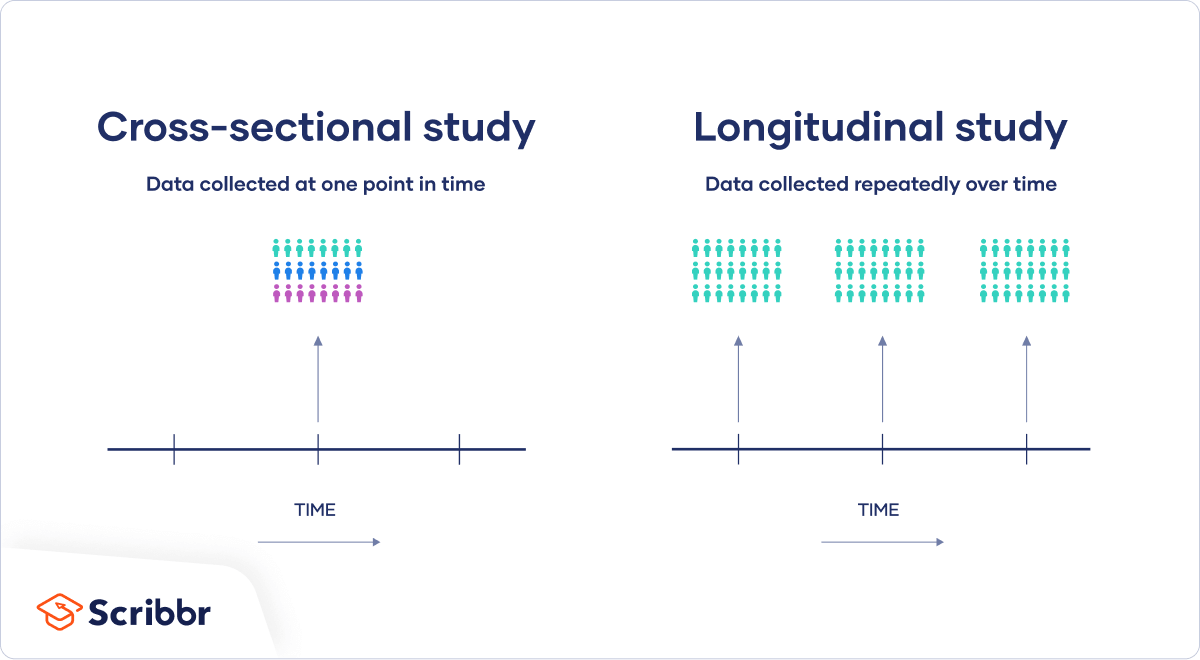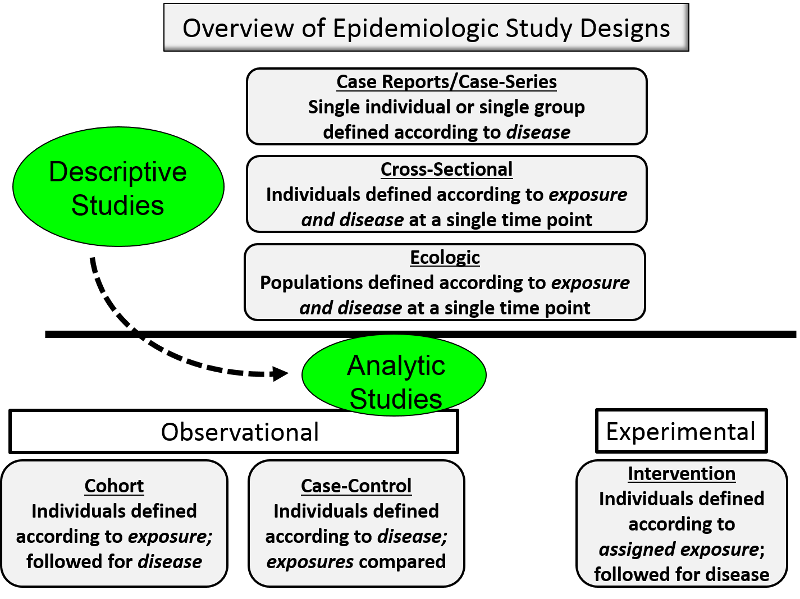Limitations Of Cross Sectional Studies

The nature of cross sectional studies offers a quick and easy way for an epidemiologist or any kind of.
Limitations of cross sectional studies. Not suitable for studying rare diseases or diseases with a short duration. As cross sectional studies measure prevalent rather than incident cases the data will always reflect determinants of survival as well as aetiology 1 unable to measure incidence. A cross sectional study has defined characteristics that limit the size and scope of the work.
List of the advantages of a cross sectional study. Longitudinal studies may be prospective or retrospective and observational or experimental in design. This is a particular problem when the characteristics of non responders differ from responders.
They do not consider what happens before or after the snapshot is taken. Cross sectional studies are much cheaper to perform than other options that are available to researchers. That means there are fewer risks to manage if tangents begin to develop in the data.
Does not help determine cause and effect. It provides good controls over the measurement process. However cross sectional studies may not provide definite information about cause and effect relationships.
It offers a completeness with key data. Advantages disadvantages of cross sectional studies. Cannot be used to analyze behavior over a period to time.
The disadvantages of cross sectional study include. Potential bias in cross sectional studies. This is because such studies offer a snapshot of a single moment in time.


















